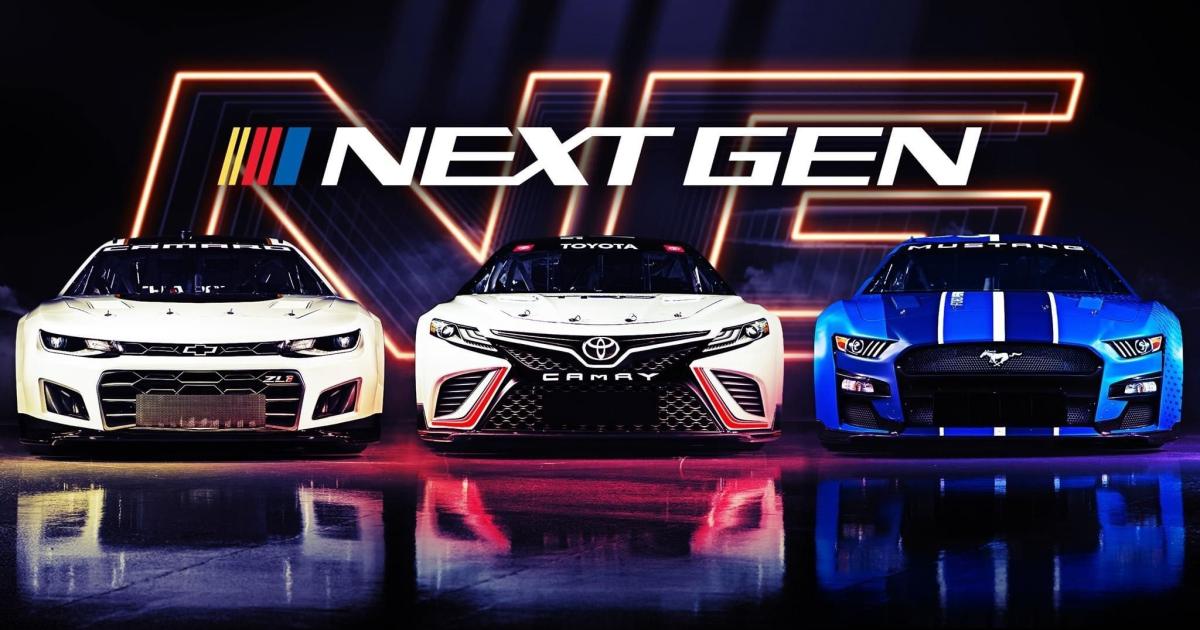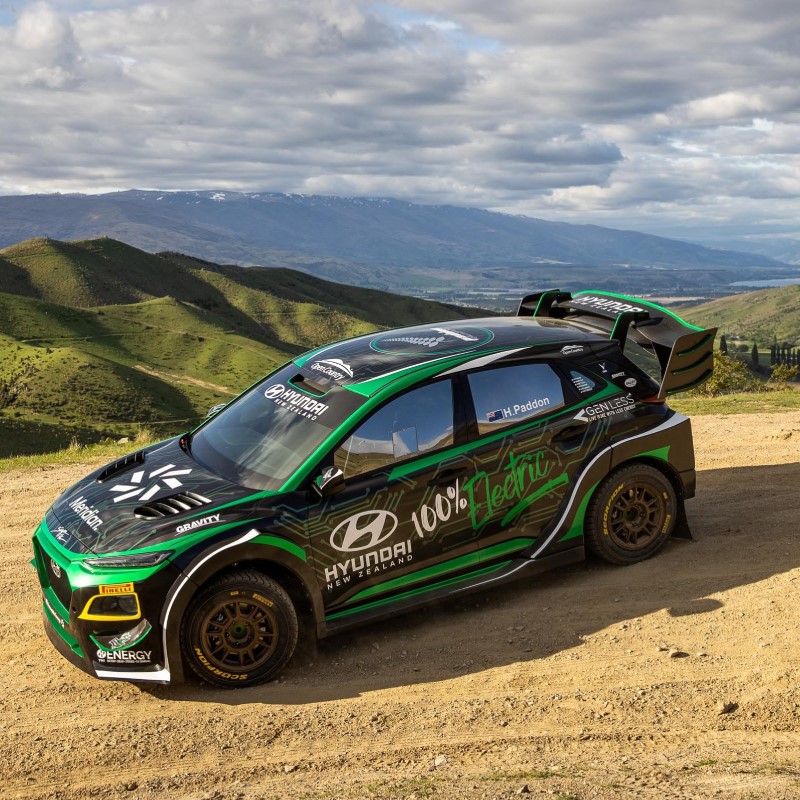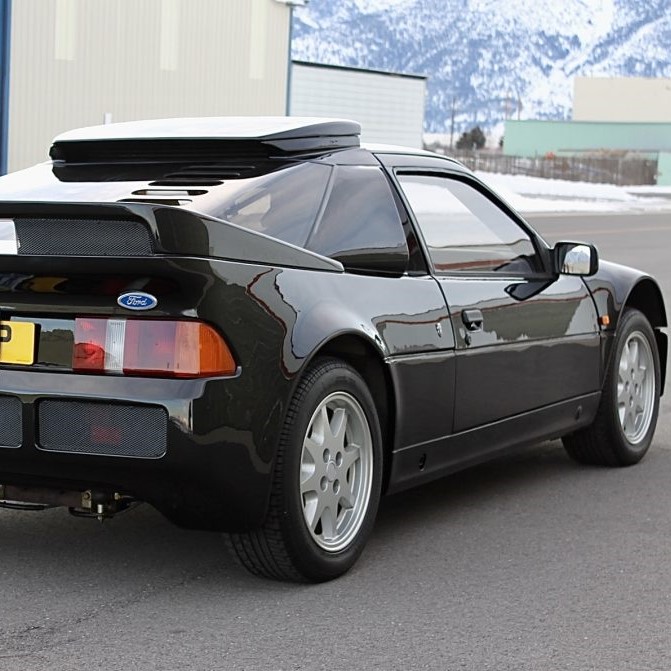NASCAR racing represents motorsport spectacle on a massive scale – loud, fast, and fully American. Massive V8 engines power specialized cars to insane speeds around high-banked oval tracks across the country. Let’s examine why hundreds of thousands of fans flock to NASCAR races every year and what makes these events so hugely popular yet controversial.

Born From Bootlegging
NASCAR’s roots trace back to the days of Prohibition in the 1930s. Bootleggers souped up their cars to outrun police while transporting illegal moonshine whiskey in the South. They kept improving their vehicles’ performance to stay ahead of the law.
Once Prohibition ended, these expert mechanics and drivers continued racing each other for bragging rights and profit. Early ovals and road tracks were humble beginnings, but spectator interest grew steadily. By 1947, one enterprising mechanic named Bill France saw business potential and founded NASCAR as a unified racing body. The rest became history.

France formalized rules, sanctioned events, and made the sport professional nationwide. NASCAR racing was born from illegal roots but transformed into a legitimate American pastime generating millions in revenue.
Bigger and Faster – Evolution of the Stock Car
Early stock car races like Daytona used vehicles straight from dealer lots. Teams skilled at car preparation gained an edge with suspension tweaks, engine upgrades, and aerodynamic aids. Racing became a contest of car building skill.
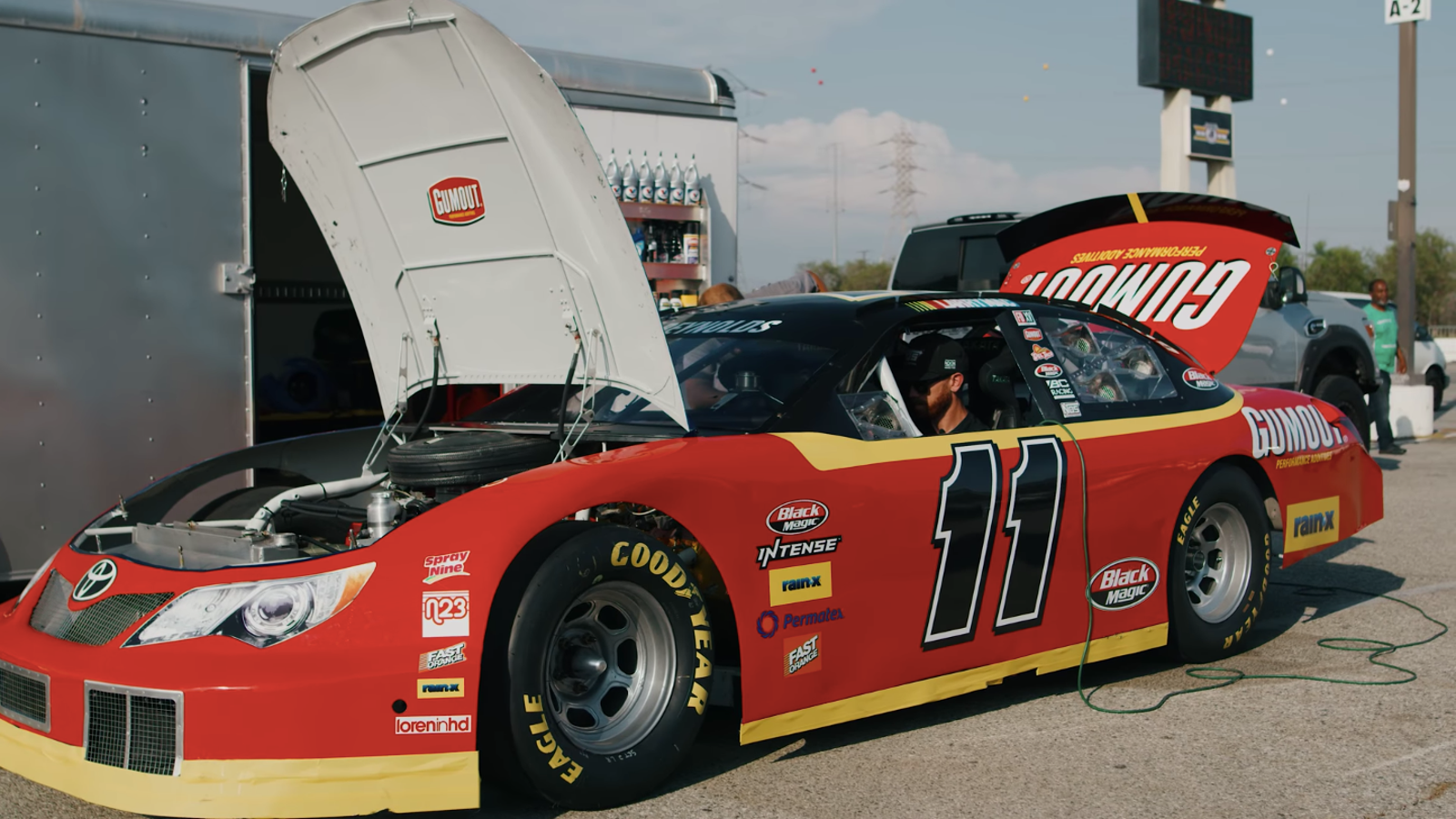
Over decades, the “stock” cars transformed into highly specialized, purpose-built speed machines. Top racing teams employed engineers, mechanics, and fabricators to maximize every component for track performance.
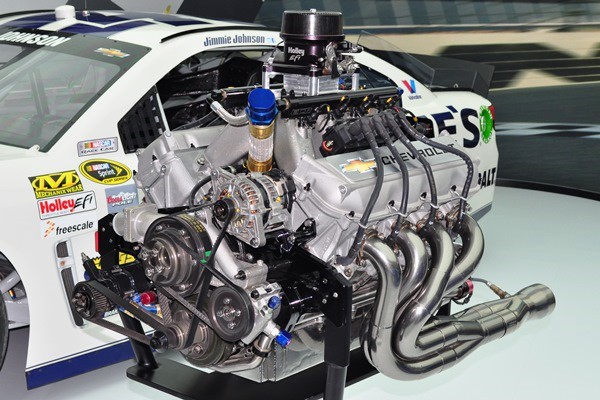
Today’s NASCAR vehicles share only superficial styling likenesses to street models. Beneath lie 600hp V8s, sequential transmissions, and high-tech composite bodies – more Le Mans prototype than humble sedan. The evolution reflects chasing checkered flags.
Diverse and Demanding Tracks
NASCAR circuits also developed into high-speed challenges. Many were enlarged from half-mile ovals to 2.5 miles monsters like Daytona. Steep 30+ degree banking allowed blistering cornering speeds. Many were paved with bumpy, abrasive asphalt that chewed up tires.

Road courses like Watkins Glen mixed high-speed straights with twisty braking zones. Short tracks including Martinsville demand technical precision versus raw power. Every course tests specific skills and adaptations for maximizing performance. Winning requires conquering diverse circuits.
Playoff Season Adds Drama
Modern NASCAR implemented a playoff system to tighten competition for the season Cup championship. Only the top drivers make the cut after 26 regular season races, then compete in a 10 race playoff with eliminations after each stage.

This forces drivers to go all out for a win when needed versus settling for points. The playoffs add drama and allow underdogs to catch leaders with strong performances. The finale winner-takes-championship race at Phoenix creates white-knuckle racing excitement.
Innovation Under the Hood
Under NASCAR rules, all cars share a common chassis and 5.8-liter V8 engine. Teams look to maximize power and efficiency within strict limitations. Engine builders seek advantages in cooling systems, fuel injection, oiling and more.

Technologies like traction and stability control are forbidden – driver skill alone must handle tire slip and aerodynamic instability. Crew chiefs use telemetry to perfect mechanical setups like camber, rake, sway bars and more. Every variable optimizes speed.
Pit Crews – the Surgeons of Speed
Races see multiple pit stops for tire changes, fueling, adjustments and repairs. 10-man pit crews leap into choreographed action to transform cars in seconds. Their speedy precision can make or break track position and race results.

Roles like jackman, fueler, and catch-can man require dedicated athletic training and practice. Crews study their previous stop times and movements to shave precious tenths of seconds. Their performance contributes as much as the driver when battling for a win.
Going Door-to-Door at 200mph
NASCAR distinguishes itself from open-wheel racing by allowing – even encouraging – side-to-side door banging and scraping between cars jockeying for position. Trading paint and nudging between corners gets crowds on their feet.

But this full-contact competition carries risks. Crashes called “The Big One” frequently sweep up dozens of cars when drivers make bold moves at high speeds. While thrilling to watch, the dangers pose controversary. Safety remains a priority with recent innovations.
Calling the Action from the Booth
Fans watch races on TV as much as in person. Knowledgeable commentators like Mike Joy and Jeff Gordon explain strategies and statistics to make the complexities digestible. Pit reporters update mechanical situations shaping the action.
Colorful driver personas and radio chatter add entertaining drama. broadcasters shape the narrative around key protagonists and battles.Their storytelling helps casual audiences engage with races packed with 400 miles of action.
The Need For Speed
For hardcore gearheads, the allure is simple – watching the world’s best drivers tame barely-controlled speed machines. The engineering wars between teams to gain mere fractions of a second per lap drive innovation. Unimaginable power channeled and modulated through nothing but a wheel, gears and pedals.

Seeing the fastest cars pushed to their absolute limits just inches apart tests the bravery and concentration of all involved. This high-speed danger and intensity fuels motorsport addictions like nothing else. NASCAR’s appeal begins with absolute speed.
Personality-Driven Drama On and Off Track
Like any sport, compelling narratives and figures attract invested followers. NASCAR thrives on storylines surrounding its drivers and teams. Headstrong racers like Kyle Busch attract controversy and rivalry. Legends like Richard Petty and Dale Earnhardt capture hearts.

When the green flag waves, decades-long feuds and friendships heighten battles. Charismatic drivers provide soundbites and social media engagement that endear them as heroes or villains. Their big personalities, and big collisions, steel loyal fans.
Passionate Fanbases Coast to Coast
NASCAR boasts one of racing’s most dedicated and varied fanbases nationwide. Over 90 million self-identified fans make up its customer base. Regional support runs deep whether in Daytona Beach or Los Angeles.

The camping tailgate culture around races has become iconic. Fans dress head to toe in favorite team regalia and talk driver statistics like diehard sports buffs. Their emotional dedication and knowledgeable debates drive NASCAR’s popularity as much as the on-track action.
Controversies Around Danger and Culture
As a high-speed contact sport, NASCAR continually deals with safety challenges. Restrictor plates, impact absorbing materials, and stronger cockpits protect drivers, but criticism persists around appropriate danger levels.
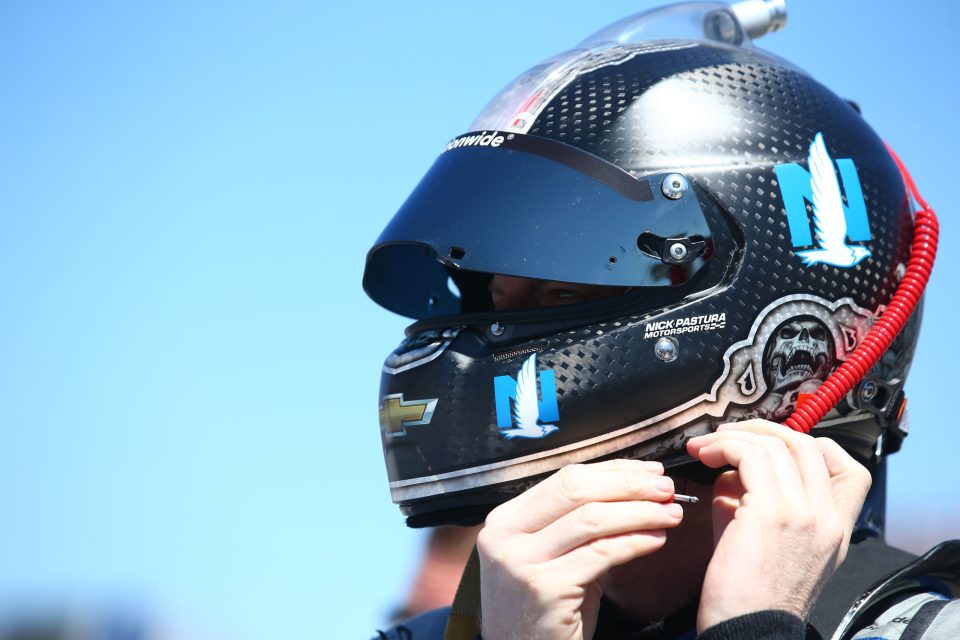
The sport also wrestles with cultural stereotypes based on its Southern roots and fanbase demographics. Some perceive NASCAR as unwelcoming to minorities and progressive views. Recent expansion efforts and policy changes aim to broaden appeal nationwide.
NASCAR Racing Toward the Future
After 75 years in business, NASCAR remains one of the most popular motorsports in America. Recent crowds and ratings declines forced reevaluating rules, formats, costs and reach. NASCAR vigorously eyes attracting new generations of loyal race fans.
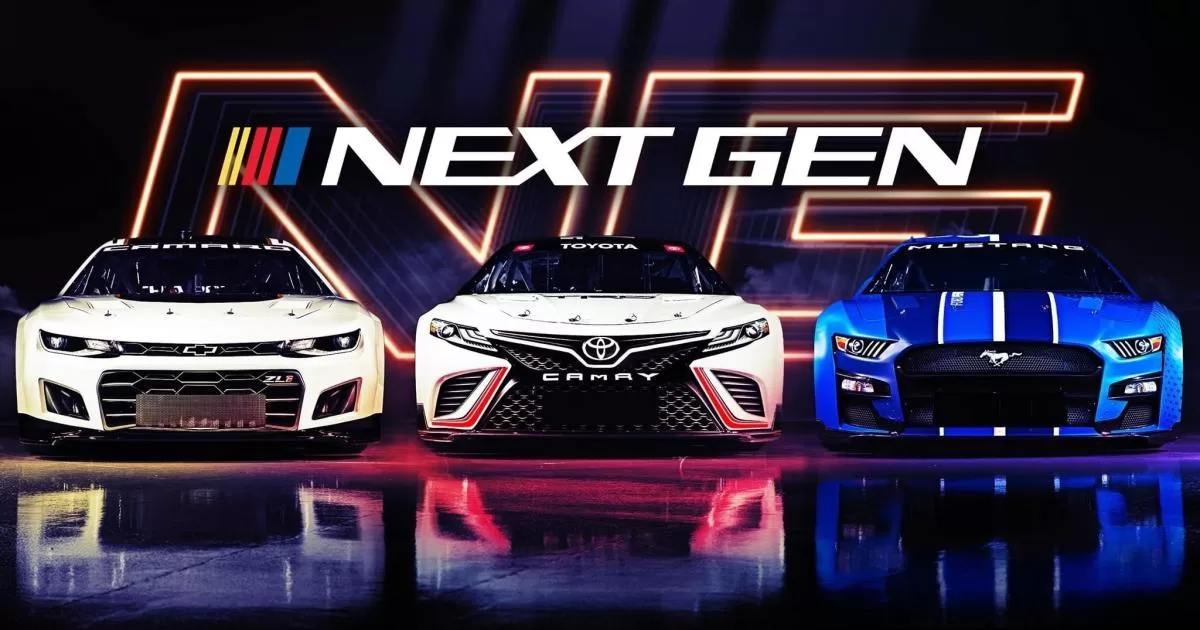
One outcome is the controversial introduction of hybrid powertrains in 2024. While disrupting tradition, the potential efficiency, torque and tech may further propel NASCAR into the future. Change always meets resistance, but innovation promises continued success.
At its core, interest thrives around riveting human competition at extreme speeds. As long as brave drivers chase checkered glory and fans passionately cheer them on, NASCAR boasts a bright future on oval tracks nationwide.

